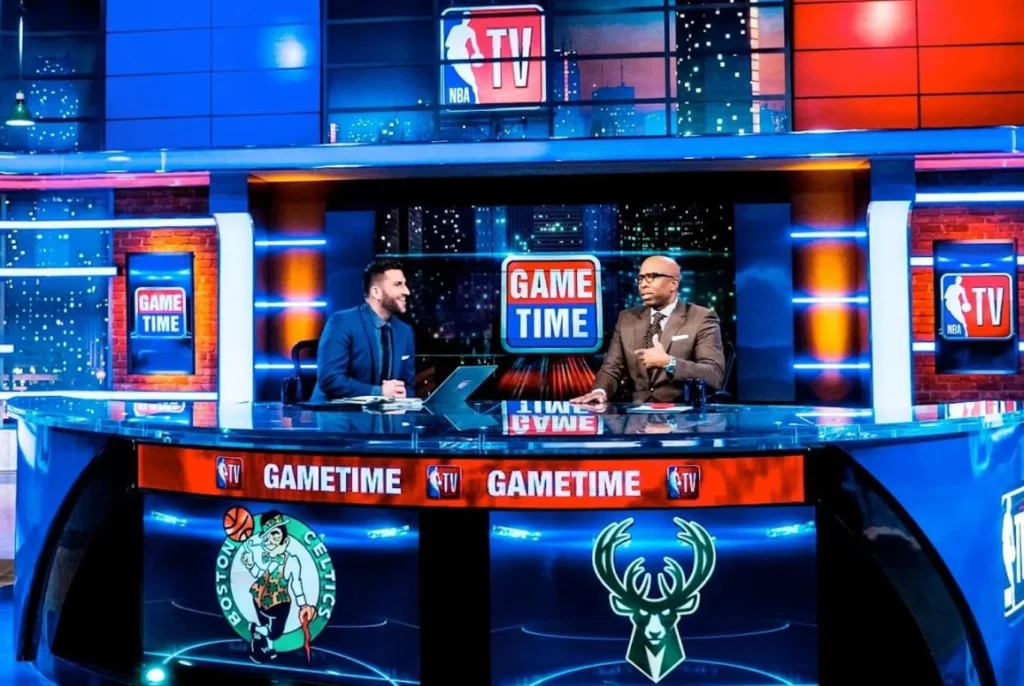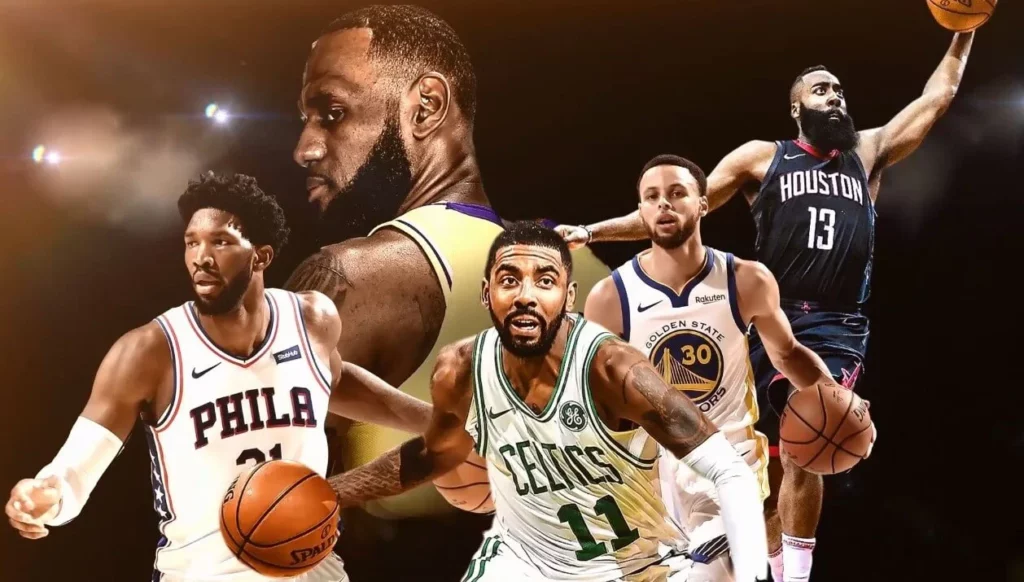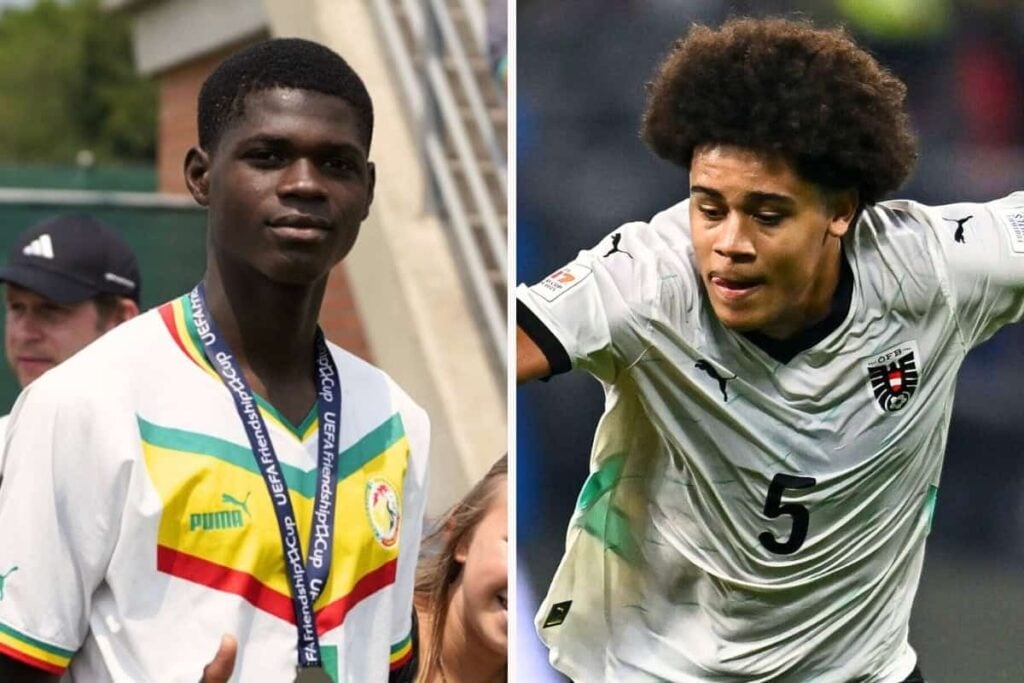
It was 2012 when the San Antonio Spurs’ head coach, Gregg Popovich, decided to rest four of his major players during a game that had the nation’s eyes glued to it. While at that moment, the decision might have seemed trivial, its implications were far-reaching. Tim Duncan, Tony Parker, Manu Ginobili, and Danny Green were all given the day off, a move that would inadvertently lay the groundwork for the NBA’s future policies.
David Stern, then NBA commissioner, penalized Popovich and the Spurs with a hefty $250,000 fine, terming the decision “a disservice to the league and our fans.”
Fast forward a decade, and the NBA is still grappling with teams resting their top players. This has led to the introduction of the NBA’s Player Participation Policy, a rule aiming to prevent such occurrences.
The Heart of the New Policy
Rather than being dubbed the ‘Coach Popovich Rule’, the new policy provides a comprehensive guideline on resting star players. Adam Silver, the current NBA commissioner, emphasizes its importance, saying:
“This is ultimately about the fans. And that we’ve taken this [load management] too far. This is an acknowledgement that it has gotten away from us a bit.” – Adam Silver, NBA Commissioner
The NBA’s goal seems noble: countering the rising trend of ‘load management’, a tactic that has increasingly seen star players sitting out games. A stark contrast is observed when comparing the 2012-13 season to the 2022-23 season in terms of player participation:
| Season | Average Games Played by Top-10 Scorers |
| 2012-13 | 75 games |
| 2022-23 | 65 games |
This trend, although beneficial for player longevity, doesn’t necessarily cater to the fans’ desires, or the league’s business interests.
Behind the Scenes: Is It Really for the Fans?
While the front-facing reason for this move is to enhance the fan experience, digging deeper reveals a more intricate tapestry of motives. The NBA is on the cusp of renegotiating its broadcast rights, which expire post the 2024-25 season. With the current deal valued at a whopping $24 billion over a decade, the league eyes an even more lucrative agreement.
Jabari Young of CNBC shed some insight, indicating the NBA’s aspiration to possibly double or even triple this figure in the forthcoming contract. Heavyweights in broadcasting, such as Turner Sports and ESPN, as well as streaming giants like Amazon and Apple, are probable contenders.
“Apple recently inked a deal with Major League Baseball, paying $85 million annually to air Friday Night Baseball games over the next seven years.” – Source: Industry News
Such hefty investments by tech giants in sports broadcasting hint at the possible interest they might have in the NBA’s rights.

Past Efforts and Their Impact
This isn’t the NBA’s maiden effort to amplify its televised offering. Recently, they rolled out their very first in-season tournament. This move, combined with the new Collective Bargaining Agreement, which mandates players to participate in a minimum of 65 games to be eligible for in-season awards, signals a clear intent to keep star players in the limelight.
A Glimpse into the Financial Evolution
A parallel thread to this narrative is the financial progression within the NBA. Star players’ salaries have surged drastically over the last decade:
| Season | Highest Salary | Player |
| 2012-13 | $30.5 million | Kobe Bryant |
| 2022-23 | $48 million | Stephen Curry |
| Projected 2026-27 | At least $63 million | Damian Lillard |
It’s evident that the increase in TV broadcasting revenue has directly influenced player salaries, emphasizing the symbiotic relationship between the two.
The Larger Picture: Stars Over Teams
With fans increasingly aligning with individual players over teams, the NBA’s strategy seems sound. Prominent fixtures, like the Christmas Day games, prominently feature top players, indicating the league’s understanding of viewer preferences.
While the Player Participation Policy might stir some controversy, especially among players, it’s a pivotal move towards a more engaged viewing experience. While the underlying motivations might lean towards business gains, fans stand to benefit immensely. The intersection of business and fan engagement is delicate, and only time will tell how well this balance is maintained by the NBA.






